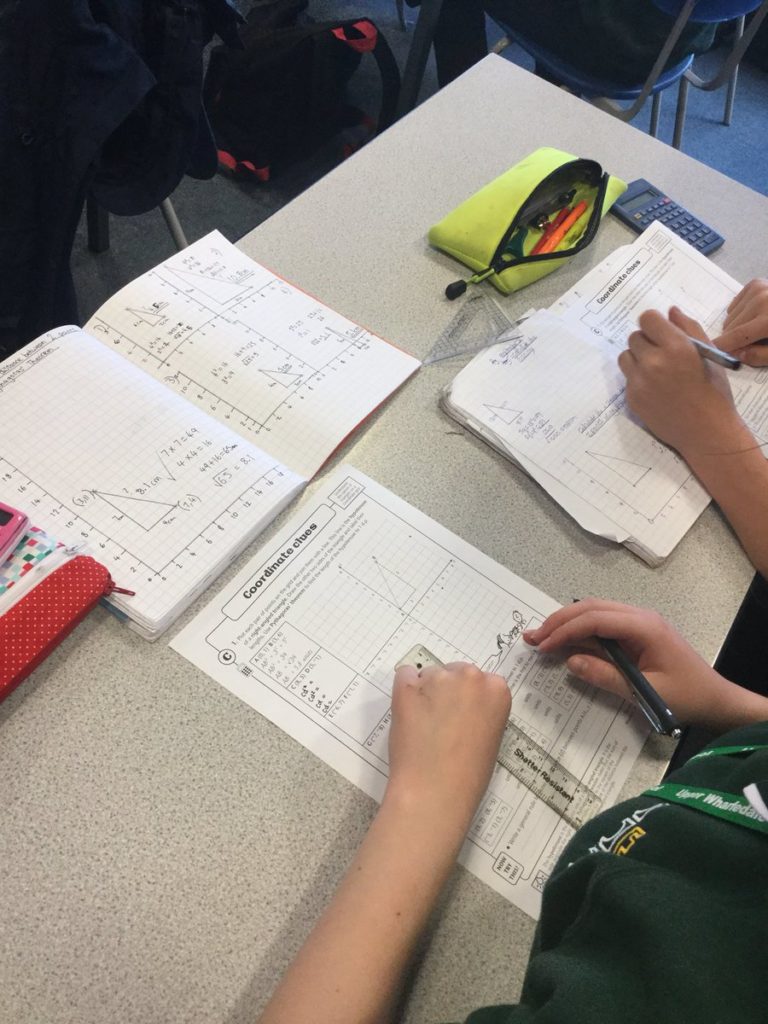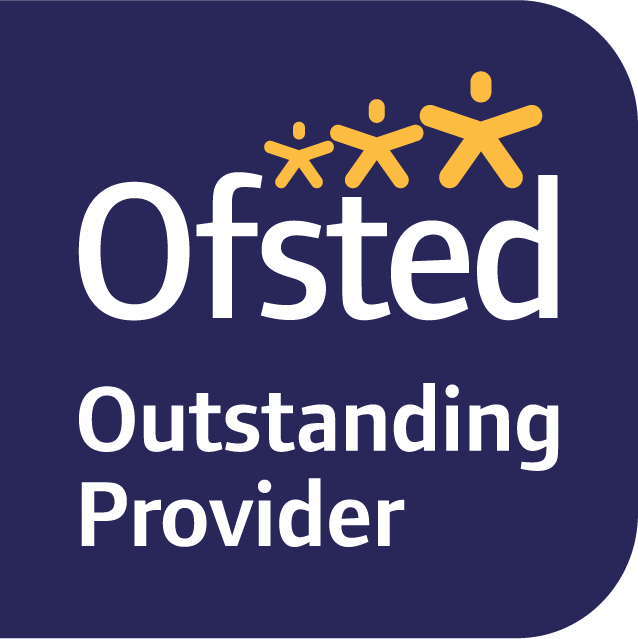Curriculum Statement
We want Upper Wharfedale Students to be mathematical thinkers, enjoy the subject, be resilient learners and make outstanding progress. We encourage this enjoyment of mathematics and problem solving while also preparing students for challenges of the new GCSE specification and beyond. The schemes of work ensure full coverage of the National Curriculum while allowing the flexibility for our highly experienced teachers to take students beyond its scope when the opportunity arises.
We aim to inspire students to pursue careers which are either highly numerate or directly involve mathematics wherever appropriate. To this end we will always make the links with other subjects explicit in lessons – highlighting the ways that students can use their Through use of the UKMT team and individual challenges and AMSP events we give students opportunities to work on maths problems outside of the national curriculum that actively encourage genuine mathematical reasoning and problem solving.
This approach involves the teaching of knowledge alongside a variety of key skills and abilities:

Develop mathematical knowledge
We explicitly teach knowledge of key mathematical concepts, terminology, notation, facts, methods and techniques. We focus strongly on aiding the retention of this knowledge through the use of regular and frequent low stakes tests and recall tasks.
Develop confidence in using and applying their knowledge
Students learn how to understand and interpret mathematical information presented in a variety of forms. They learn problem solving skills and how to select and apply knowledge, techniques and strategies in different or unfamiliar situations or contexts.
Develop independent learning skills
Students experience a variety of teaching methods and strategies and will be expected at different times to work alone, in small groups or take part in whole class discussions. We use feedback and self-assessment to allow students to identify their own targets for improvement and then make effective use of online and self-marking resources to encourage students to take more responsibility for their own progress.
The scheme of work, based on an exam board model, is cyclical in nature and allows for a natural progression of learning. Knowledge and skills from each area (Number, Algebra, Ratio and Proportion, Geometry, Probability and Statistics) are revisited within each year as well as across years. The scheme allows flexibility and a classroom teacher’s judgement as to the level of understanding will be the key factor in deciding when to move on – as opposed to any pre-determined date or time scale. Frequent communication between teachers means that possible issues with knowledge gaps when set movements occur can be avoided.
KS3
Throughout this period the intent is to lay the groundwork of keys skills and knowledge to allow students to develop their ability to apply those skills and knowledge to ever more varied and challenging situations as they progress towards KS4.
We are acutely aware of the different starting points our students have as well as the different learning experiences they have had of mathematics. We know the expectations and content of the KS2 mathematics curriculum well. In year 7 we allow for this while also serving the needs of those who were unable to access the full range of the curriculum.
As each topic area is revisited throughout KS3, previous learning will be assessed (formally or otherwise) and the starting point determined accordingly – thus avoiding any unnecessary repetition or possible gaps in knowledge.
Students focus on ...
Number Properties & Calculations
Area & Volume
Statistics, Graphs & Charts
Expressions & Equations
Real-Life Graphs
Decimals & Ratio
Angles
Fractions, Decimals & Percentages
Straight Line Graphs
Probability
Number Properties & Calculations
Area & Volume
Statistics, Graphs & Charts
Expressions & Equations
Real-Life Graphs
Decimals & Ratio
Angles
Fractions, Decimals & Percentages
Straight Line Graphs
Probability
Higher Tier Sets 1
Number work, HCF, LCM, Powers, Standard form
Algebra, Formulae, Equations, Sequences, Factorising
Interpreting Data, Statistical diagrams, Averages
Angles rules and polygons
Pythagoras Theorem
Trigonometry
Graphs, linear, quadratic, cubic, reciprocal
Probability
Foundation Tier Set 2 and 3
Number work, powers, prime factors
Algebra, formulae, factorising, substitution
Graphs, tables and charts, statistical diagrams
Fractions and Percentages
Angle rules, angles in parallel lines
Averages and range
KS4
In years 10 and 11 we explicitly teach the application of what has been learnt lower down the school as well as introducing some more advanced mathematical ideas. In preparing students for the GCSE we don’t lose sight of the need to develop mathematical thinkers and resilient learners who enjoy the subject and may indeed which to continue studying the subject post-16. Careful and ongoing assessment ensures we choose the tier of entry that allows each student to maximise their progress.
Area and Volume
Area and Perimeter of Circles and sectors
Spheres, pyramids and cones
Transformations
Constructions, Loci and Bearing
Equations and inequalities
Simultaneous Equations
Probability and Venn Diagrams
Multiplicative reasoning
Similarity and Congruence
Trigonometry and graphs of trig functions
Cumulative Frequency, Box Plots and Histograms
Further graphs including Solving Simultaneous
Equations and Inequalities graphically
Circle Theorems
Rearranging Formulae, Algebraic Fractions and surds
Proof
Vectors and geometric proof
Direct and Inverse Proportion
Perimeter, Area and Volume
Graphs, y = mx + c
Transformations
Ratio and Proportions
Pythagoras Theorem
Probability
Distance, Speed and Time
Multiplicative Reasoning
Constructions, Loci and Bearing
Quadratic Equations and Graphs
Circumference and Area of a Circle
Sectors, cylinders, pyramids and cones
Fractions
Indices and Standard Form
Congruence and Similarity
Simple Vectors
Simultaneous Equations, rearranging formulae and proof
Trigonometry
Assessment
KS3: Students class and homework is regularly marked with timely verbal and written feedback given. There are two formal assessments each year, one in January and one in June.
KS4: Students work is regularly marked with timely verbal and written feedback given. There are two formal assessments each year. Students sit their first trial exam at the end of year 10. The second trial exam is in December of year 11.
Homework
KS3: Students are set 1 piece of mathematics homework per week.
KS4: Students are set 1 piece of mathematics homework per week – but may also be expected to use MathsWatch to revise topics in addition.
Support at Home
Students can use the MathsWatch website to get help with homework tasks and to do their own revision of work covered in class.
Additional Support in school and/or resources
Students are encouraged to seek help when they need it from their maths teacher and can use ICT facilities at lunchtime to access MathsWatch
Extra-Curricular
More able students are entered for the UKMT Maths Challenge annually.
Revision classes for year 11 are held regularly after school.

